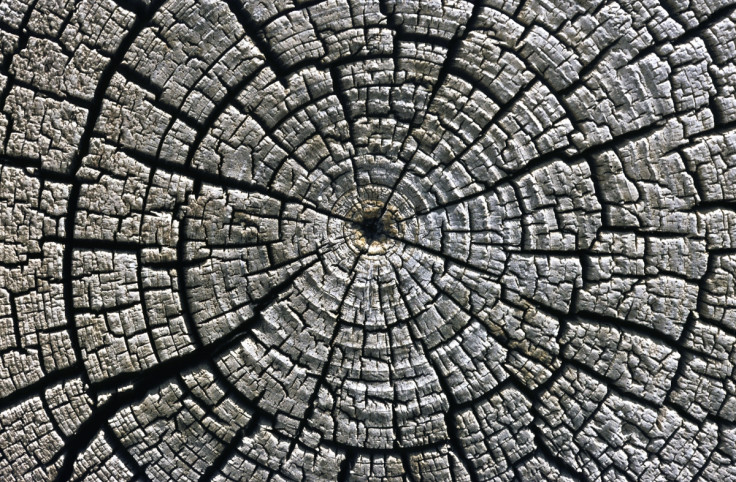Tree Rings Reveal Mystery Radiation Burst Hit Earth 1,200 Years Ago

A mystery burst of radiation hit Earth just over 1,200 years ago, scientists have discovered.
Researchers studying fossilised trees that were growing in the Northern Hemisphere around 775AD have found evidence of an intense burst of radiation but are unsure about its cause.
Published in Nature, Fusa Miyake, a cosmic-ray physicist from Nagoya University in Japan, was looking at the radioactive isotope carbon-14 in tree rings formed at this time.
He found levels jumped by 1.2% over just one year, around 20 times faster than the normal rate.
The isotope carbon-14 is formed when highly energetic radiation from space hits atoms in the upper atmosphere. This produces neutrons that then collide with nitrogen-14, which decays into the carbon isotope.
At present, the only event that can produce a spike in carbon-14 are supernova explosions or proton storms from giant solar flares.
Miyake says neither of these scenarios are likely because both would have had major effects on the planet. There would also have been a record of a supernova, such as in 1006 and 1054.
Instead, she suggests that a major event could have taken place in the Southern Hemisphere skies, as Western astronomers at the time would not have seen it.

A solar flare is even less likely, Miyake added, because it would have destroyed the ozone layer.
However, commenting on the research was Daniel Baker, a space physicist at the University of Colorado's Laboratory for Atmospheric and Space Physics in Boulder, Colorado.
He said a solar flare could have resulted in the radioactive burst: "Some very energetic event occurred in about ad 775," he said, adding that solar flares are sometimes associated with coronal mass ejections from the Sun, which would send charged particles towards Earth.
Baker said it is possible for CMEs to result in a radioactive blast without destroying the ozone.
"We know much more these days about how important proton acceleration is at the shock fronts that precede CME structures as they propagate towards Earth," he said. "I would like to think about whether a strong CME moving directly towards Earth could have produced the intense proton population that impacted Earth's atmosphere."
© Copyright IBTimes 2025. All rights reserved.






















